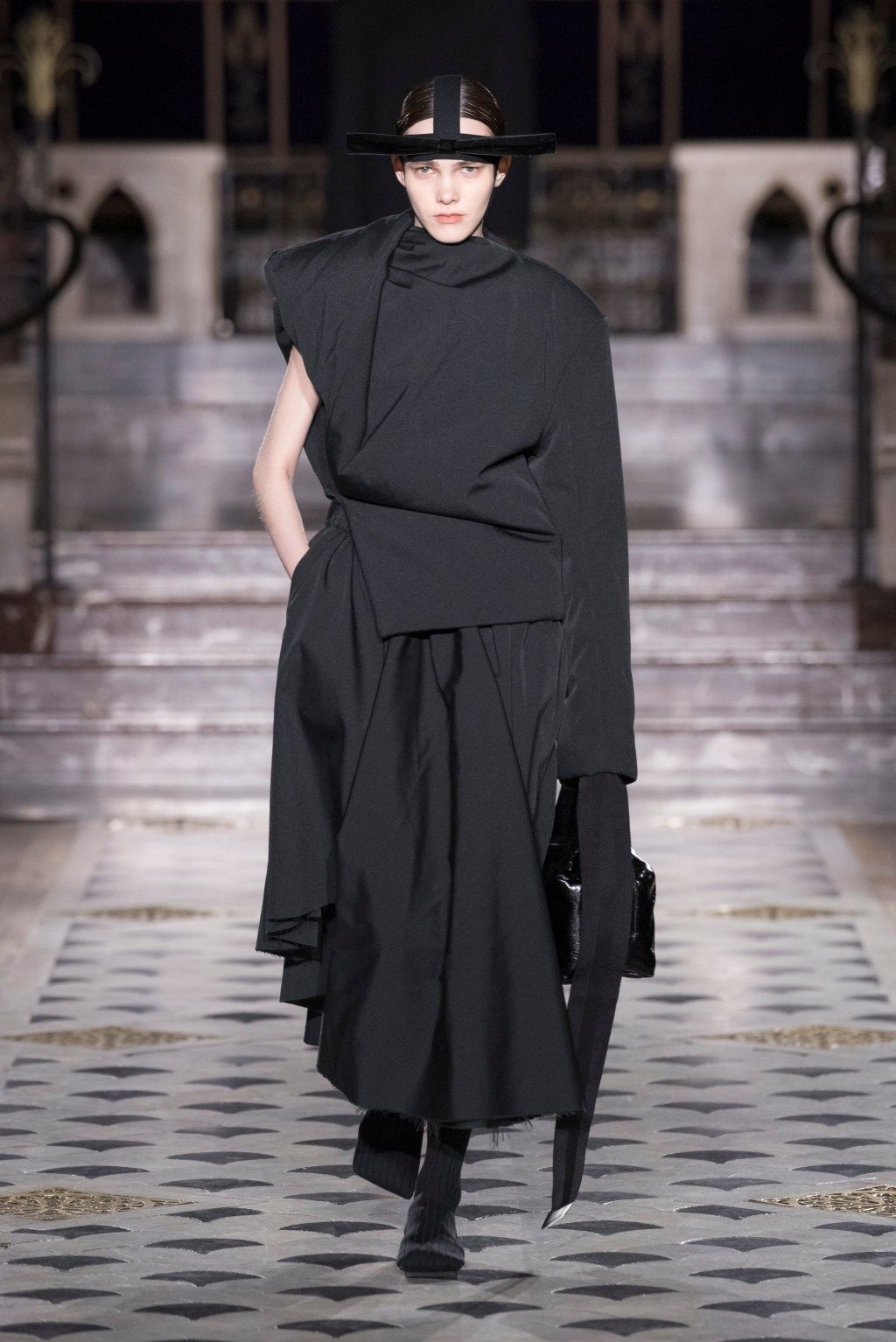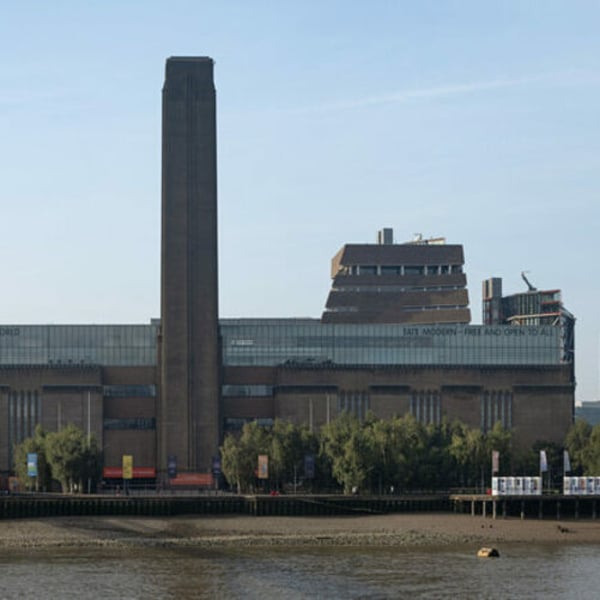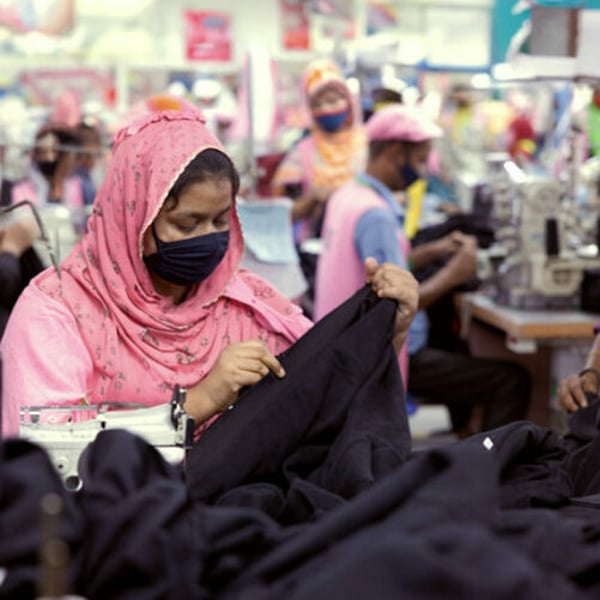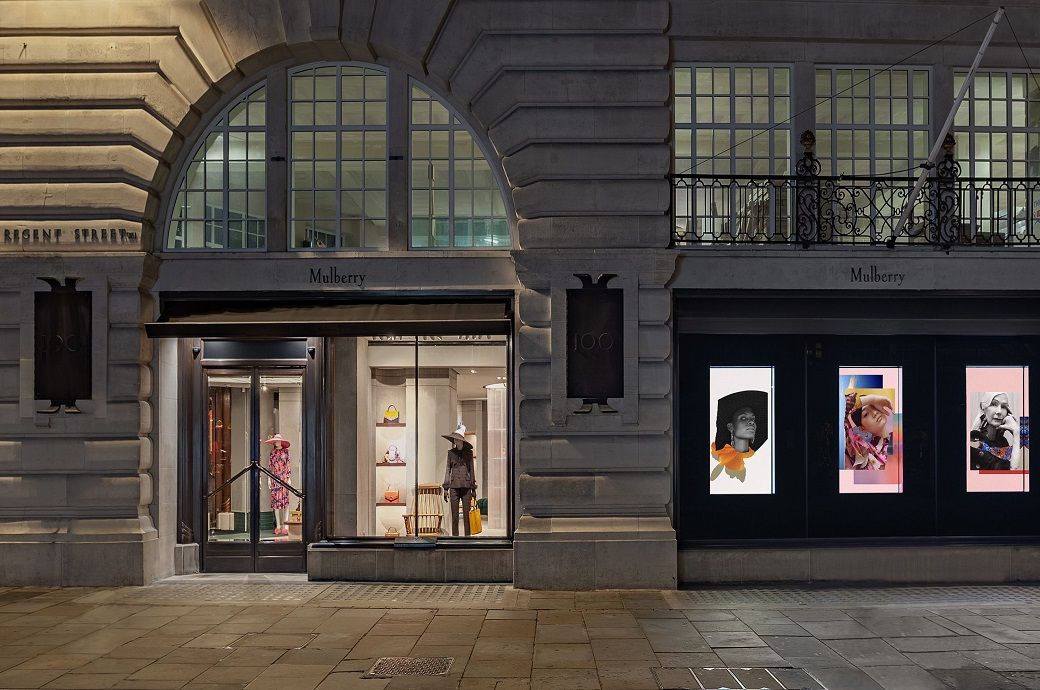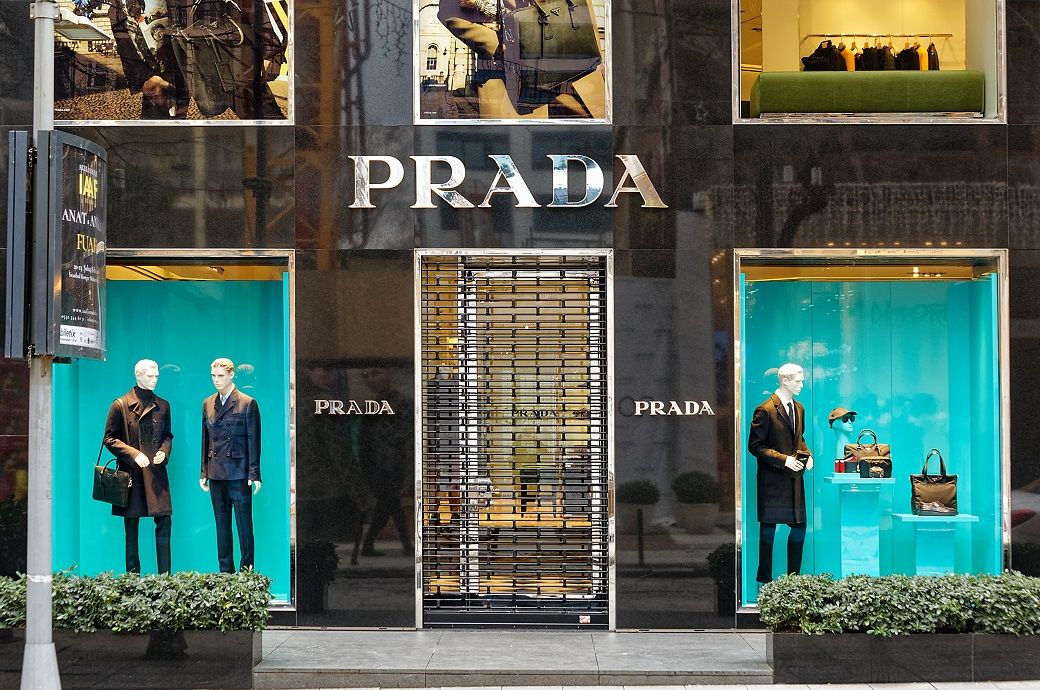Imagine touring historic cities in second-hand clothes or repurposing what you find in a once-opulent home to build your wardrobe.
That was the impression left by Uma Wang's fall collection, in which the designer explored the idea of memories (her own or left by previous generations) layered into a new narrative.
Suits emerged that looked like they had been cut from oversized versions, long dresses made from vests, asymmetrical garments that looked like a collage of piecemeal swatches. There were even puffy dresses that made models look like they were wrapped in pillows or cut out of tapestries.
It telegraphed the idea that, in the eyes of the Chinese designer, any good fabric is fair game, be it tuxedos or upholstery.
Textures and patterns hit a sweet spot between opulent and lived-in, with faded jacquards, beautifully speckled suiting, and fuzzy herringbone tweeds. There were even burnished metals that gave a nod to the color of antique gold, particularly attractive on oversized, yet simple suits.
Throughout, Wang's skill in construction was evident, shining brightly in the way he turned the structure of a jacket back to create an open-backed monastic blouse or even a full suit in a coat that maintained recognizable features. from his previous incarnation.
If some dresses with gravity-defying bulges seemed too sculptural for everyday wear, interesting volumes extracted from simpler garments, like long silk shirt dresses with the help of buttoning tricks, were eminently accessible. They also conveyed the idea of the moment of clothing working overtime for a variety of occasions.
It was programming that should appeal in equal proportions to Wang's devotees and those new to his world.
For more Paris Fashion Week reviews, click here.

